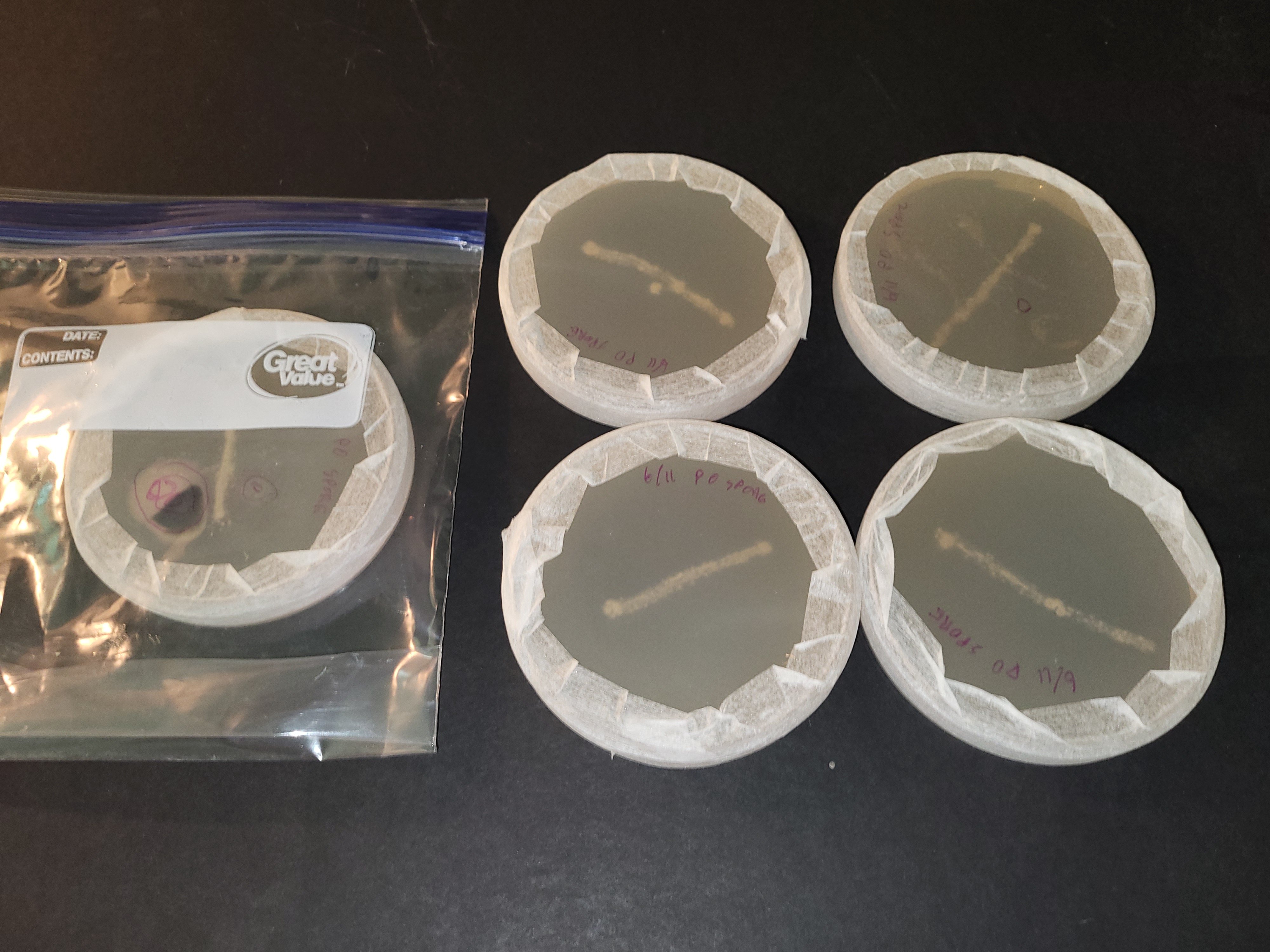this post was submitted on 17 Jun 2023
20 points (100.0% liked)
Mycology
3163 readers
11 users here now
founded 3 years ago
MODERATORS
you are viewing a single comment's thread
view the rest of the comments
view the rest of the comments

Yeah! And when they do meet, they form a new anatomical structures called 'clamp connections', so if you have a microscope it is easy to check if the mycelium has already mated.
There is a nice series about breeding and how to isolate single-spore haploid mycelium here: https://www.youtube.com/watch?v=vsJpjQhsDIM
The idea is that if you manage to grow plates from single un-mated mycelium, you can then control their breeding, and this is how you can make new strains and have more control over their genetics. It is a more advanced topic in mycology, but a very interesting one to learn about!
I went and skimmed through that whole series, and then I found another video where he discusses the problems of going spore to grain, and even assuming I did get some viable mycelium on these plates, I'm thinking it's going to be nearly impossible to select them properly. I suppose I could just rinse and repeat into new plates, but then I won't know if it's a viable diploid/dikaryon or not.
Yet, the video I initially watched https://www.youtube.com/watch?v=tYK0hLeanVc demonstrated just grabbing some spores with a sterile blade and wiping that across agar. So maybe it is a reasonable method? One thing's for sure, there's a lot of colonies along the inoculation line, and it's already probably too late to start isolating like you would with the method demonstrated by Fresh From the Farm.